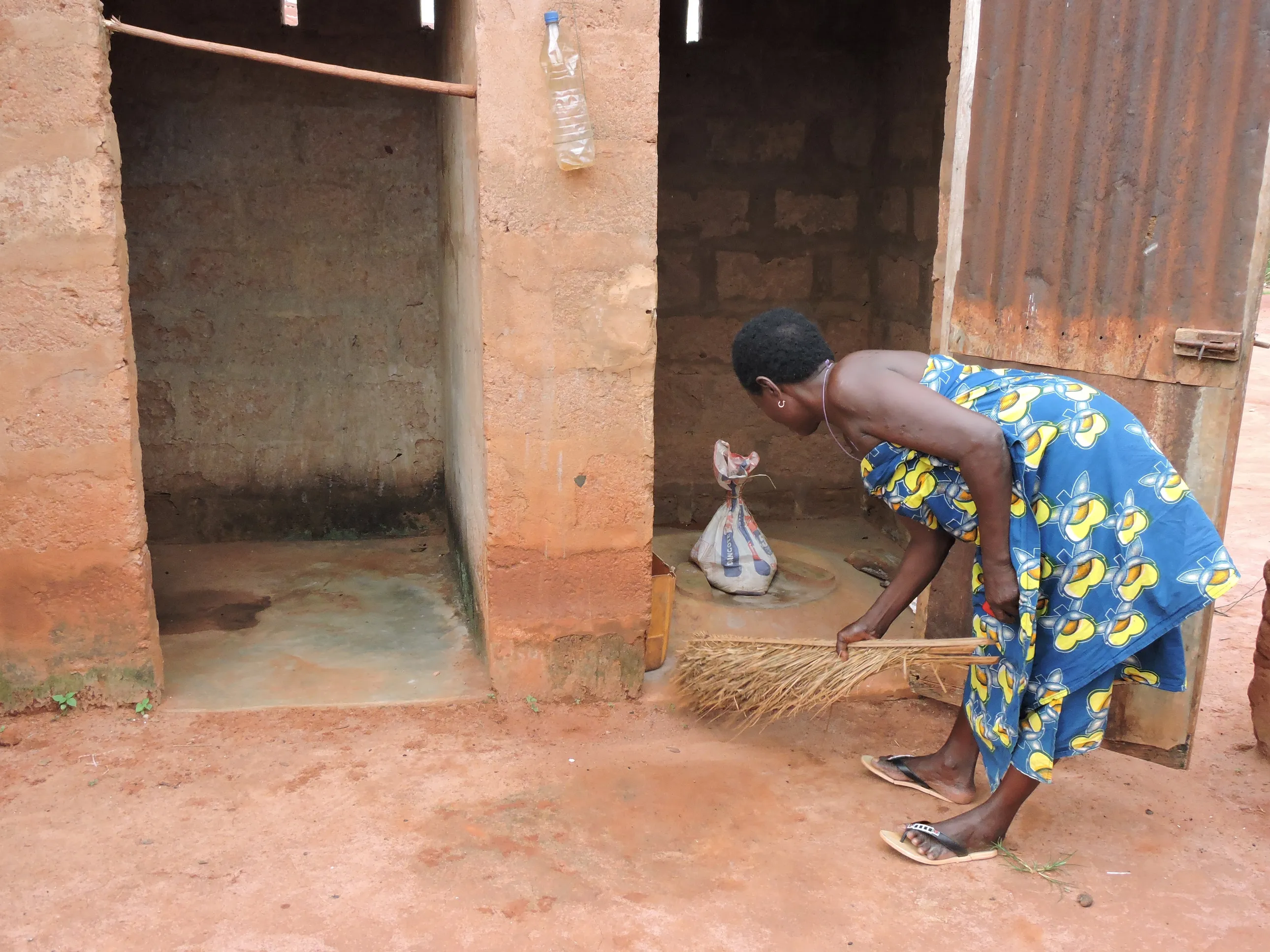Hygiene with Community-Led Total Sanitation (CLTS)
Benin,
concluded

The project was funded by UNICEF to contribute to the achievement of the Sustainable Development Goals (SDGs) and in line with Benin’s national hygiene and sanitation policy.
Since 2014, SNV has been using the Community-Led Total Sanitation (CLTS) approach to promote hygiene and sanitation three municipalities in Benin.
Achievements
After two years of implementation, CLTS has created the following outcomes on both the behaviour and delivery of community infrastructures:
Abandoning of open defecation practices by 127,300 people living in 21,821 households in 550 rural localities in the communes of Agbangnizoun, Zogbodomey and Abomey abandoned;
At least 127,300 people living in 21,821 households in 550 rural communities in the target communes have adopted good hygiene practices including handwashing at critical times and hygiene on the water supply chain;
Treatman of drinking water at home by 127,300 people living in 21821 households in 550 rural localities of the 3 communes;
Maintaining the ODF status in at least 80% of the 440 rural communities certified in previous years and infrastructures are improved in the 3 communes;
The promotion of women's leadership in the covered localities was reinforced, as well as the actions of sustainability by the setting up of local committees and groups of sanitation and promotion of latrines at low cost.
Targets and coverage
The project - situated in the centre of Benin, specifically in three communes of the Benin Zou Department - aimed to increase the scale of community participation and collective action in the areas of hygiene and sanitation through the following:
Elimination of the practice of open defecation through the CLTS approach;
Adoption by the target populations of good hygiene practices related to hand washing with soap and water at critical times, and hygiene on the water supply chain;
Home water treatment.
Endorsers of the project were rural households of localities where open defecation was still being practised due to the lack of knowledge of its impacts on the health of populations.
Role of SNV
SNV coordinated the activities of the project in which the municipalities played a key role to boost community participation and departmental coordination of the Hygiene and Basic Sanitation Component through:
Counsel to municipalities for the adoption of decrees eliminating open defecation practice;
Support to communities in the CLTS process;
Communication for a change in hygiene behaviour;
Establishment of groups of women, natural leaders and community consultants for what purpose?.
Through its actions, SNV sought to improve living conditions and reduce the morbidity and mortality rates in 630 localities, benefitting 146,500 people.
